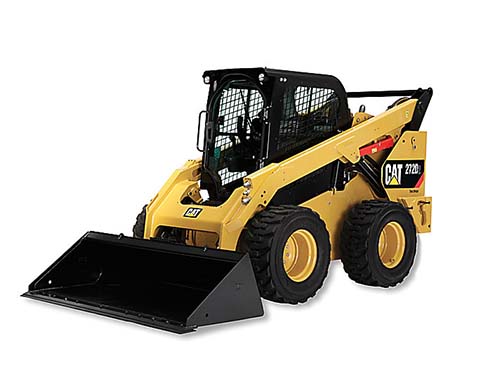Equipment supply

|
‘Supply’ is the flow of resources used to satisfy a demand, such as materials, labour, information and skills – from a supplier to a user or consumer.
Equipment supply – in a construction sense – is the flow of equipment from a supplier to a site with the aim of facilitating the construction process. For example, the supply of an excavator to help dig the foundations, or a crane to lift heavy materials.
Very broadly, the term ‘equipment’ generally refers to apparatus that is used for specific purposes, e.g pumps are used to pump water, angle grinders are used to cut through hard materials. This is as opposed to individual tools such as screwdrivers, hammers and trowels which are instruments that are generally used by hand.
Usually, a contractor or sub-contractor orders the equipment from a supplier to complete a particular task. Because construction equipment can be very costly, and because it may sometimes be needed by a contractor or sub-contractor for only small duration during the year, it may be financially advantageous to hire the equipment only for the period it is required. This is not only cheaper for the contractor but also means the equipment does not require storage. Also, hiring the equipment means the contractor does not have to maintain it.
The following is a selection of typical equipment that may be supplied to a construction site:
- Access equipment.
- Attachments
- Bowsers
- Compressors
- Dumpers
- Forklifts/telehandlers
- Mixers
- Pumps
- Rollers
- Skips
- Topsoil screeners
- Wheeled excavators.
Equipment may also be required for inclusion in the building itself, for example; washing machines, coffee machines and scanning equipment, fume cupboards and so on.
In this case, it is important to identify equipment that will be provided by the contractor as part of the main contract and equipment which will be provided outside of the main contract (because the client may already have the equipment, or they may have existing suppliers). This is particularly important where equipment supplied outside of the main contract may have an impact on the construction works, perhaps needing to be accommodated in a certain location, or requiring fixing, power supply, air supply, water, drainage, telecommunications connection, etc.
[edit] Related articles on Designing Buildings Wiki
Featured articles and news
Infrastructure that connect the physical and digital domains.
Harnessing robotics and AI in challenging environments
The key to nuclear decommissioning and fusion engineering.
BSRIA announces Lisa Ashworth as new CEO
Tasked with furthering BSRIA’s impressive growth ambitions.
Public buildings get half a million energy efficiency boost
£557 million to switch to cleaner heating and save on energy.
CIOB launches pre-election manifesto
Outlining potential future policies for the next government.
Grenfell Tower Inquiry announcement
Phase 2 hearings come to a close and the final report due in September.
Progress from Parts L, F and O: A whitepaper, one year on.
A replicated study to understand the opinion of practitioners.
ECA announces new president 2024
Electrical engineer and business leader Stuart Smith.
A distinct type of countryside that should be celebrated.
Should Part O be extended to existing buildings?
EAC brands heatwave adaptation a missed opportunity.
Definition of Statutory in workplace and facilities management
Established by IWFM, BESA, CIBSE and BSRIA.
Tackling the transition from traditional heating systems
59% lack the necessary information and confidence to switch.
The general election and the construction industry
As PM, Rishi Sunak announces July 4 date for an election.
Eco apprenticeships continue help grow green workforce
A year after being recognised at the King's coronation.
Permitted development rights for agricultural buildings
The changes coming into effect as of May 21, 2024.





















